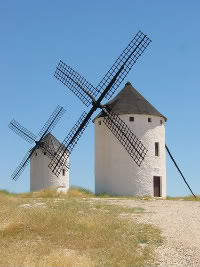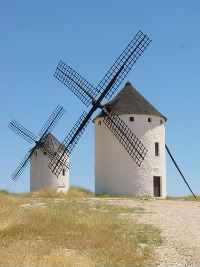Wind Power


But Dr. Mikhail raised a few basic points about the renewables industry in general that I thought I would share in this post:
The issue of energy storage is – for the US at this point at least – something of a red herring. With 2% overall penetration of clean energy (across all forms of renewables) the fluctuation associated with the intensity of the wind – even locally — is of essentially no consequence to overall energy availability levels whatsoever. Moreover, by the time the penetration rate increases to anywhere resembling that of Europe, we will have developed smart grid technologies that will enable far better real-time control of large sections of the grid. E.g., if the wind is not blowing strong in area A, let’s see what it’s doing in area B, C, or D.
We also discussed the tough choices forced upon us a we migration to renewables. The wind industry takes seriously the issue of environmental damage associated with its farms, and conducts ongoing research to ensure that the size of turbine rotors and the hours of operation are creating a minimum of negative impact. In the early days of commercial wind, the primary issue was large raptors; now, decades later, the focus is on bats, whose tiny lungs cannot handle the differential in air pressure around the turbines. The industry also is making an effort to build farms in areas that already have a significant human footprint, recognizing the imperative to preserve the true wilderness wherever possible.
However, Dr. Mikhail points out that there are no existing clean energy technologies that come with zero environmental impact. We do have to make choices, and each of these choices will represent some level of sacrifice. “The people in a coal mining state back east were offered a choice of either putting wind turbines on a local mountain, or chopping off the top of the mountain, pulling the coal out of it, and burning it. Craig, do you realize that they chose the latter? There are choices. We simply have to make the best ones.”
Again, Dr. Mikhail, thanks for the insights.
